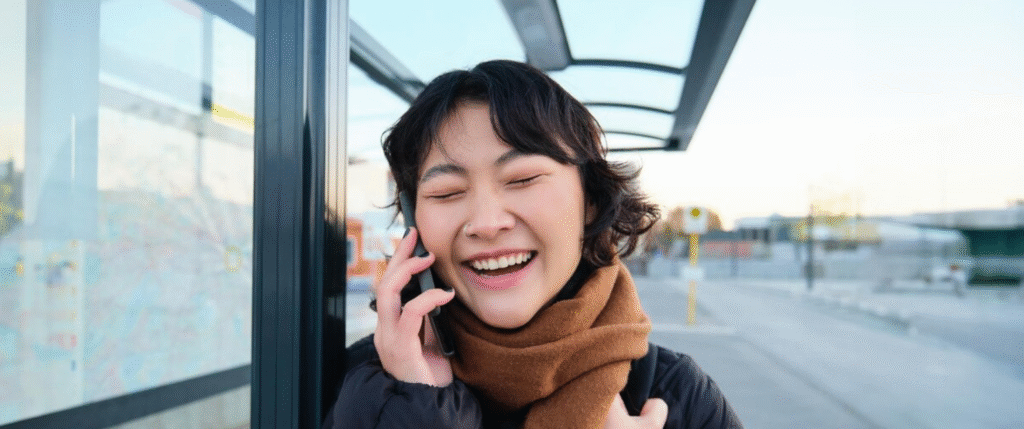Clear aligners like Invisalign have transformed orthodontic treatment—making it easier, more comfortable, and more discreet. For international patients, aligners are especially convenient, allowing you to straighten your teeth while exploring the world. However, traveling with clear aligners requires a bit of planning to stay on track with your treatment.
Whether you’re a digital nomad, frequent flyer, or heading abroad for a long stay, here are essential tips for managing your orthodontic care on the go.
✅ 1. Plan Your Treatment Timeline With Travel in Mind
If you know you’ll be traveling, let your orthodontist know before you begin treatment. Many providers can create a personalized plan that supports your travel schedule, including:
- Advanced aligner sets: Receive multiple aligners at once to cover weeks or months abroad.
- Virtual check-ins: Schedule remote appointments to monitor progress without returning to the office.
- Backup aligners: Some orthodontists provide extra trays in case of loss or damage.
Tip: Always bring your previous and next set of aligners when traveling internationally.
✅ 2. Pack an Aligner Travel Kit
A small, well-prepared travel kit ensures your aligners stay clean, safe, and functional while you’re away.
Must-Have Items:
- Aligner case (hard shell to prevent damage)
- Travel toothbrush and toothpaste
- Dental floss or floss picks
- Travel-size mouthwash
- Cleaning tablets/crystals
- Chewies (to seat aligners properly)
- Extra aligners (at least one set ahead and behind your current set)
Bonus Tip: Keep your kit in your carry-on to avoid issues if your luggage is delayed or lost.
✅ 3. Stay On Schedule—No Skipping or Extending Wear Time
Travel can disrupt routines, but consistent wear is crucial. Clear aligners should be worn 20–22 hours a day, even when you’re on vacation.
- Set phone reminders to switch to your next tray.
- Avoid removing aligners for long meals or sightseeing.
- Don’t extend a set of aligners longer than prescribed unless your provider advises you to.
Tip: If you accidentally skip a day or two, check with your provider before advancing to the next set.
✅ 4. Maintain Excellent Oral Hygiene On the Go
Travel exposes you to different foods, water, and climates, which can impact your oral health. Keeping your teeth and aligners clean is essential to avoid cavities, staining, or bad breath.
Tips:
- Brush after every meal before reinserting your aligners.
- Avoid sugary drinks while wearing your aligners.
- Use bottled or purified water if tap water is questionable.
Pro Tip: In a pinch, rinse aligners with clean water and brush them thoroughly as soon as possible.
✅ 5. Know What to Do If You Lose or Damage Your Aligners
Accidents happen—especially when you’re traveling. If you misplace or damage your aligners:
- Wear your previous aligner to prevent teeth from shifting back.
- Contact your provider right away to determine the best course of action.
- If necessary, switch to the next aligner—but only with approval.
Tip: Keep your orthodontist’s contact info and treatment plan accessible digitally in case of emergencies.
✅ 6. Time Zone Transitions: Stay Aligner-Consistent
When flying across time zones, it can be confusing to know when to change your aligners or how to stay consistent.
Quick Guide:
- Stick to your home time zone until your body adjusts.
- Use a timer app or calendar to remind you when to switch aligners.
- If traveling long-term, convert your aligner schedule to local time after a few days.
✅ 7. Clear Aligners and Airport Security
Good news—clear aligners do not set off metal detectors, and you can keep them in during security checks.
However:
- Carry your aligners and dental tools in your carry-on.
- If questioned, explain they are part of a prescribed orthodontic treatment.
- If flying long-haul, rinse and clean your aligners during the flight to maintain freshness.
✅ 8. Consider Language Barriers and Local Dental Support
If you’re traveling to a country where your provider doesn’t speak the local language:
- Translate key medical terms in advance.
- Carry a digital or printed note explaining your treatment in the local language.
- Research emergency dental clinics at your destination, just in case.
Final Thoughts: Straighten Your Smile While Seeing the World
Traveling with clear aligners is entirely possible—with the right preparation. By maintaining hygiene, following your schedule, and keeping your provider in the loop, you can enjoy your global adventures while progressing toward a beautiful, aligned smile.




